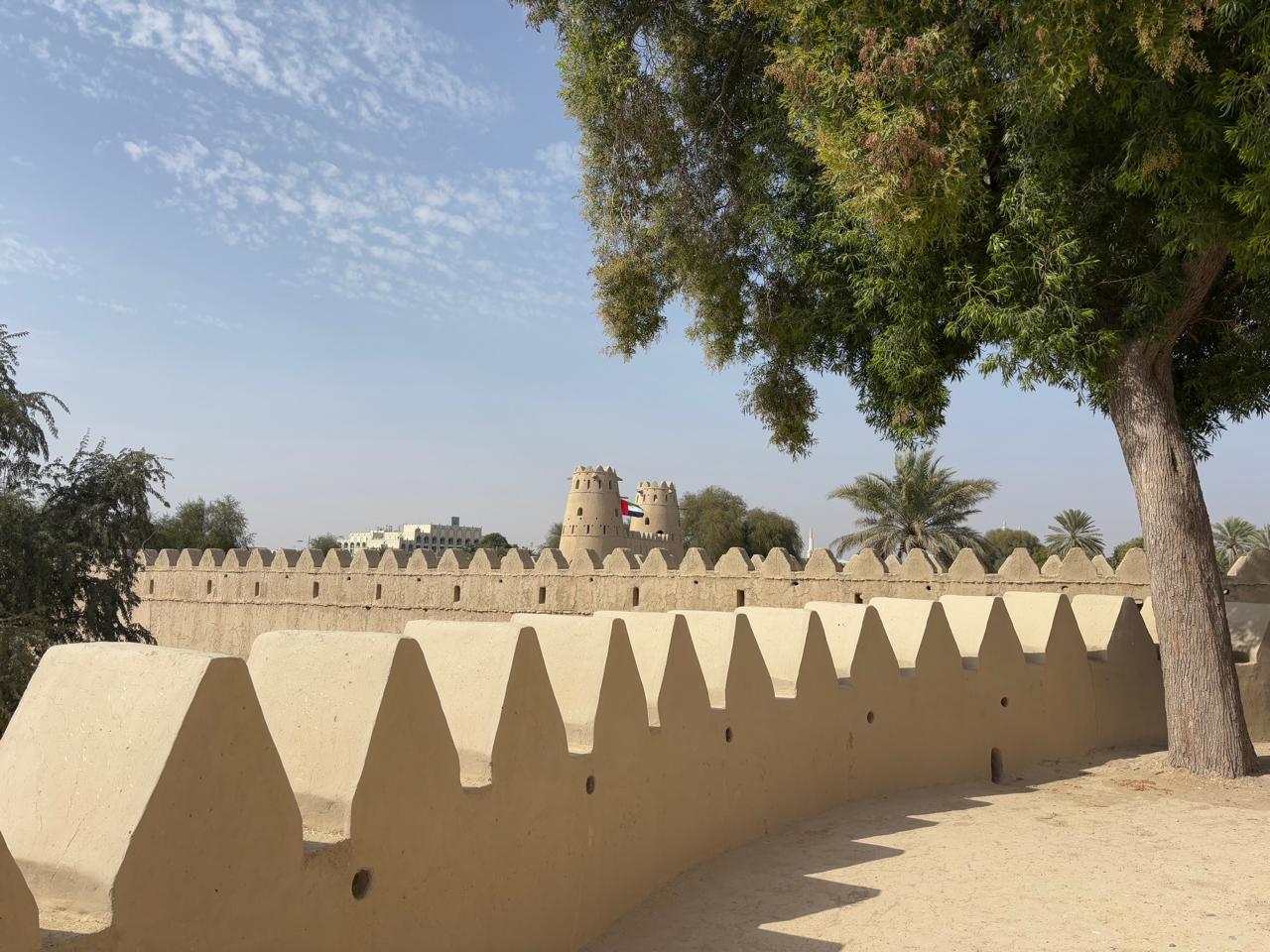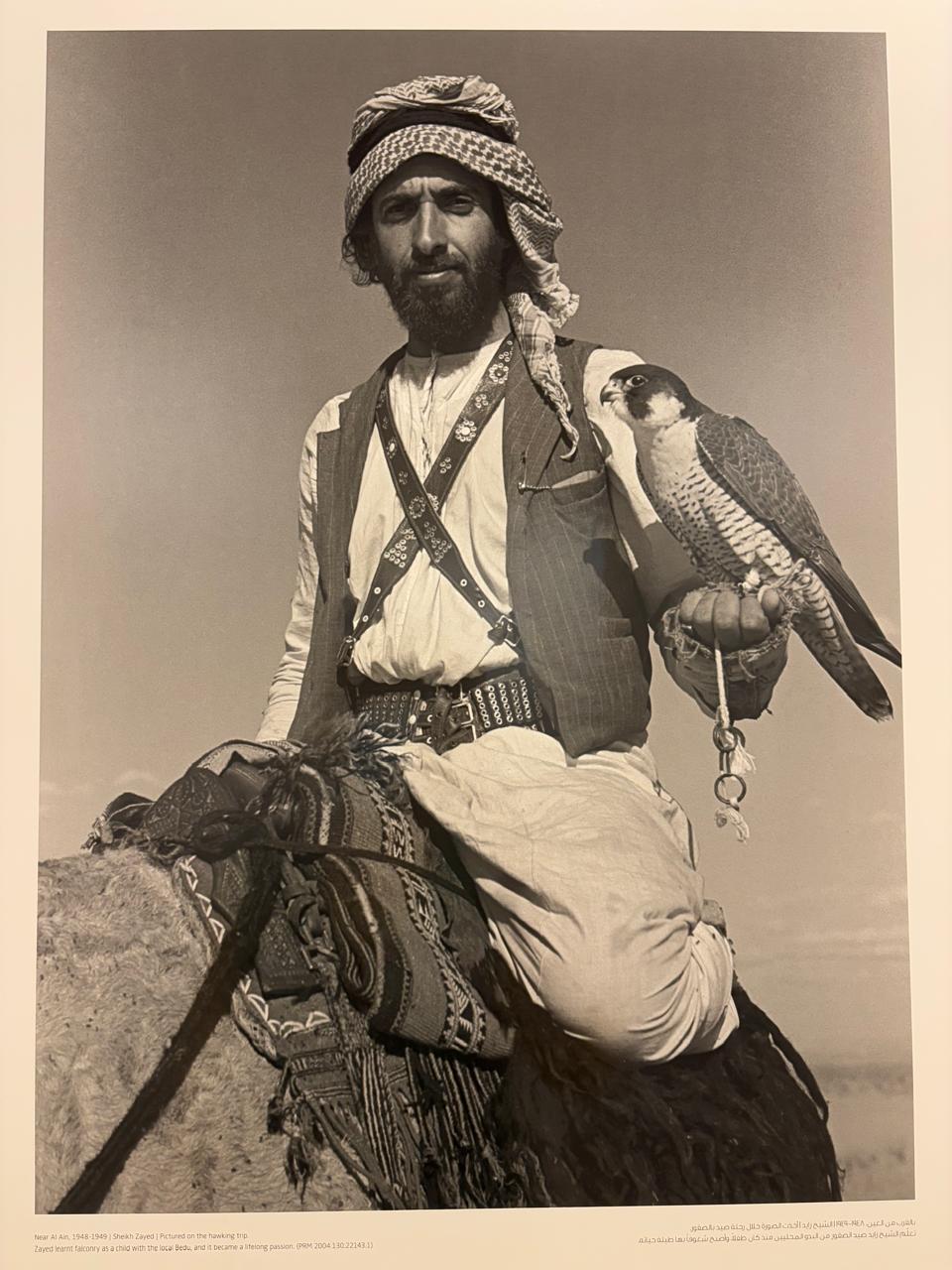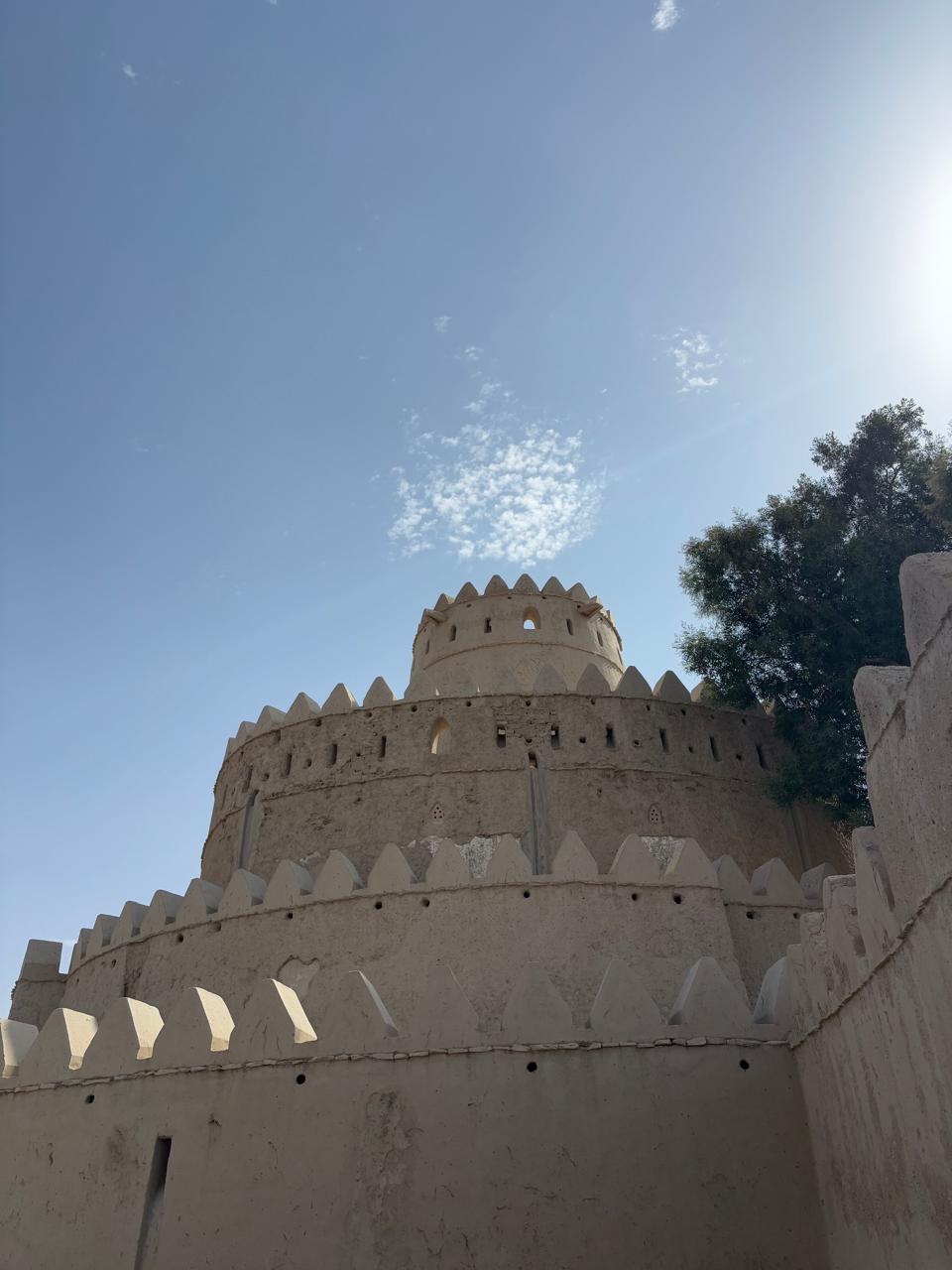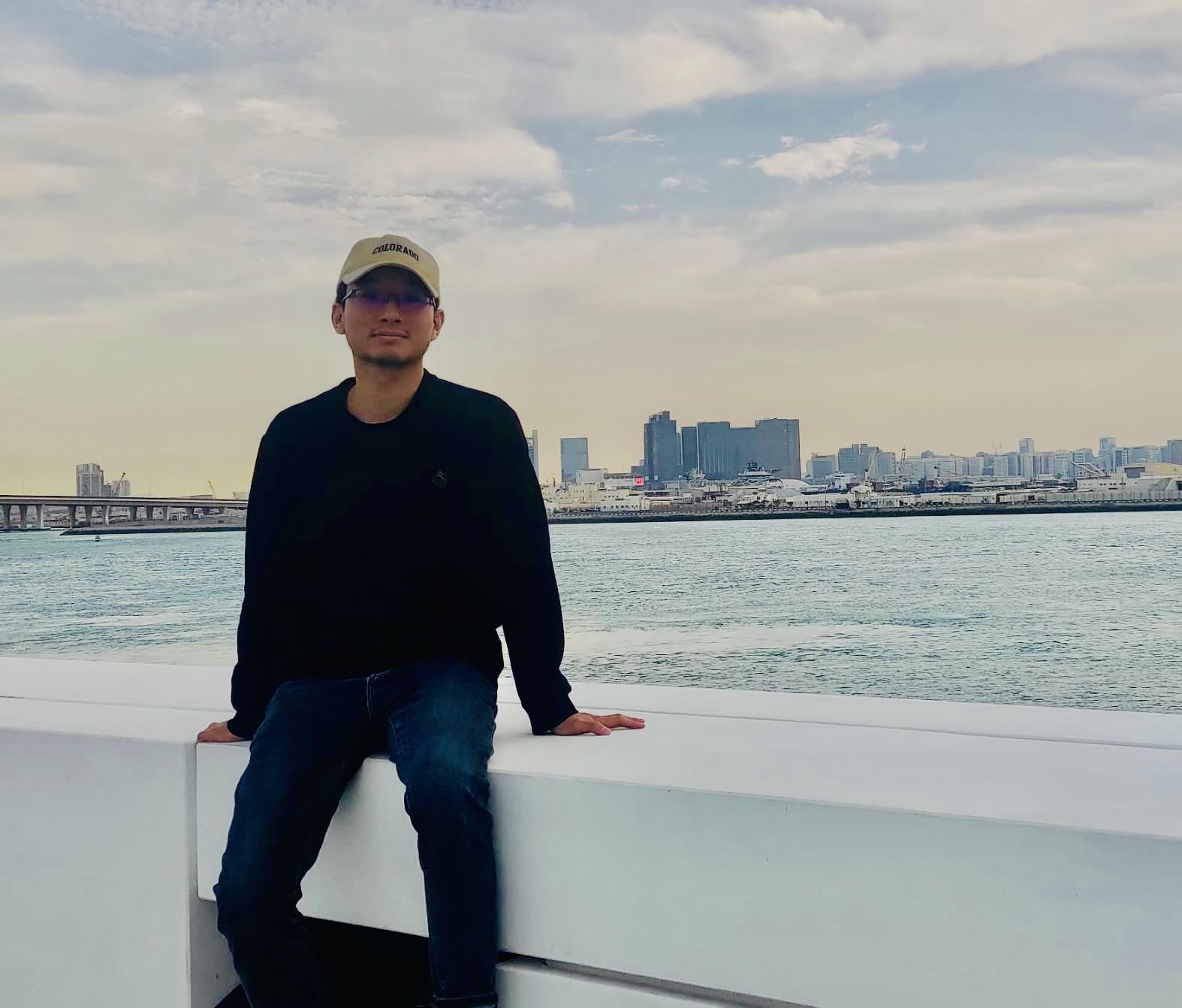Exploring the Cultural Heart of Al Ain
On February 8th, our university organized a cultural trip to Al Ain, giving us the opportunity to immerse ourselves in the rich heritage and history of this important UAE city. The experience was both educational and fascinating, offering insights into traditional Emirati life and the historical significance of Al Ain.
Date Farming: A Cornerstone of Emirati Culture
Our journey began with a visit to a local date farm, where a knowledgeable farmer demonstrated the traditional methods of date cultivation and harvesting. The date palm has been central to survival in this region for thousands of years, providing not only nutritious food but also materials for building, crafts, and various other purposes.
We learned about the different varieties of dates grown in Al Ain and their varying sweetness, texture, and uses. The farmer showed us the traditional climbing techniques used to pollinate the female trees and harvest the fruit. It was impressive to see how these methods have been preserved despite the availability of modern equipment.

The farmer also explained the importance of date palms in Emirati culture and identity. These trees were described not just as a source of food but as a symbol of prosperity, generosity, and resilience in the harsh desert environment. I gained a new appreciation for the phrase “the date palm is life” after understanding how completely these communities historically relied on this versatile tree.
Al Ain Fortress: A National Treasure
The highlight of our trip was visiting the famous Al Ain fortress, which appears on the UAE’s 50 dirham note. This historical structure stands as a testament to the region’s strategic importance throughout history.

The fortress has been beautifully preserved, allowing visitors to step back in time and imagine life as it was centuries ago. The thick walls, designed to keep both enemies and the heat at bay, create a cool interior that provides relief from the outside temperature – an ingenious architectural feature developed long before modern air conditioning.
Our guide explained the defensive features of the fortress and how it protected the local population during times of conflict. The watchtowers, strategic entry points, and internal layout all reflected a deep understanding of military defense combined with practical living considerations.

Al Ain: The Intersection of Nations
What made this educational trip particularly fascinating was learning about Al Ain’s unique geographical and historical position as an intersection point between the UAE, Oman, and Saudi Arabia. This strategic location made it an important trade hub and cultural melting pot.
We learned how Al Ain, with its relatively abundant water from natural springs, became a crucial oasis stop on ancient trade routes. This natural wealth attracted settlers and traders from across the peninsula, creating a diverse community and a unique cultural identity.
The city’s history as a crossroads of cultures has left its mark on everything from the local architecture to the cuisine and dialects spoken in the region. It’s fascinating to see how these influences continue to shape Al Ain today, even as the city modernizes.
Connecting Past and Present
This university field trip provided more than just historical facts – it offered us a deeper connection to the UAE’s cultural roots. As expatriates and international students, understanding the traditions and history of our host country helps us appreciate its modern achievements in proper context.
Seeing the fortress that appears on everyday currency brought the nation’s history to life in a tangible way. It served as a reminder that behind the gleaming skyscrapers and modern development of the UAE lies a rich cultural heritage that continues to influence national identity.
The experience highlighted how the UAE honors and preserves its past while embracing progress and development. This balance between tradition and innovation is evident throughout Al Ain, which maintains its cultural character even as it evolves into a modern city.
I left Al Ain with a greater appreciation for the historical significance of this region and the cultural foundations that have shaped the modern UAE. These kinds of immersive learning experiences offer insights that classroom education alone cannot provide, making them invaluable additions to our university curriculum.
